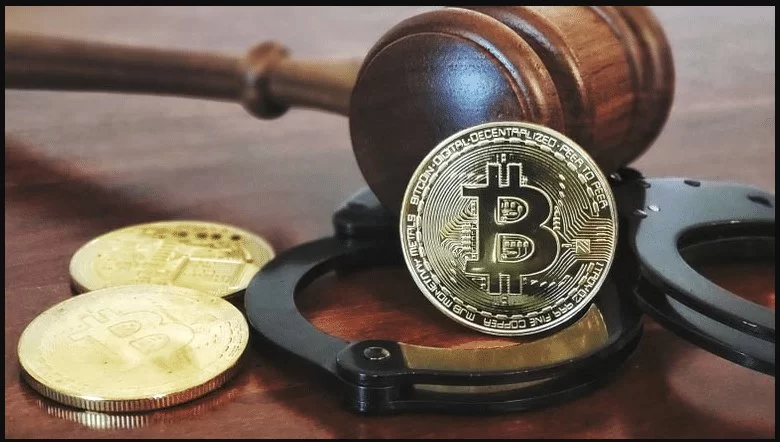
- evolution-of-crypto-regulation-in-the-us-and-eu - Evolution of Crypto Regulation in the U.S. and EU
- current-us-crypto-regulatory-landscape - Current U.S. Crypto Regulatory Landscape
- europe-s-mica-framework-and-its-impact - Europe’s MiCA Framework and Its Impact
- key-differences-between-us-and-eu-approaches - Key Differences Between U.S. and EU Approaches
- recent-cases-driving-regulatory-change - Recent Cases Driving Regulatory Change
- navigating-legal-challenges-with-professionals - Navigating Legal Challenges with Professionals
1. Evolution of Crypto Regulation in the U.S. and EU
Crypto regulation is no longer an afterthought—it’s now a critical part of digital asset development. As governments seek to tame the risks and embrace the benefits of cryptocurrencies, the U.S. and EU have each taken distinctive routes. “Crypto Regulation: U.S. and EU Trends” is more than a headline—it’s a lens into the emerging rules shaping the future of finance.
While the EU has pushed for comprehensive frameworks, the U.S. has largely relied on enforcement-led regulation. Understanding these trends is essential for crypto investors, startups, and even everyday users navigating compliance and innovation.
2. Current U.S. Crypto Regulatory Landscape
2.1 A Patchwork of Oversight
In the United States, crypto oversight is fragmented. Agencies like the SEC, CFTC, and IRS all have a say—often with overlapping authority. The SEC tends to classify many crypto tokens as securities, triggering extensive registration requirements. Meanwhile, the CFTC considers certain cryptocurrencies, like Bitcoin and Ethereum, commodities.
2.2 Enforcement Over Legislation
Rather than clear laws, the U.S. has relied on case-by-case enforcement. Notably, in 2023, the SEC sued major crypto exchanges like Coinbase and Binance for alleged violations. These lawsuits highlight the absence of a unified federal crypto law, leaving innovators unsure of the legal boundaries.
3. Europe’s MiCA Framework and Its Impact
3.1 What is MiCA?
The EU’s Markets in Crypto-Assets (MiCA) regulation is one of the most comprehensive crypto laws globally. Set to be fully enforced in 2025, MiCA creates clear definitions for crypto assets and lays out requirements for licensing, transparency, and consumer protection.
3.2 Why It Matters
Unlike the U.S., the EU is giving crypto firms clarity and consistency across all 27 member states. For example, under MiCA, stablecoin issuers must maintain sufficient reserves and be transparent about their operations—rules that foster trust without stifling innovation.
4. Key Differences Between U.S. and EU Approaches
4.1 Legislative vs. Enforcement
The U.S. approach is reactive, using enforcement actions to guide behavior. In contrast, the EU is proactive, with rules created before crises erupt. This difference means European businesses often face less regulatory uncertainty.
4.2 Central Bank Involvement
The European Central Bank is deeply involved in shaping crypto policy, including piloting a digital euro. The Federal Reserve, however, has taken a more cautious stance on CBDCs, focusing on research over action.
5. Recent Cases Driving Regulatory Change
5.1 Ripple v. SEC
One of the most significant legal battles was Ripple Labs vs. the SEC. In 2023, a partial court victory ruled that XRP was not a security in secondary markets. This set a precedent that may influence other cases, but the lack of definitive legislation keeps the market on edge.
5.2 FTX Collapse
The downfall of FTX in late 2022 shocked global markets and emphasized the need for stringent crypto regulations. Both U.S. and EU lawmakers pointed to FTX’s collapse as justification for stronger oversight, especially concerning consumer protection and custodial practices.
6. Navigating Legal Challenges with Professionals
6.1 Why Legal Support Matters
Given the legal uncertainty and high stakes, working with legal experts is crucial. Whether you’re launching a token, listing an NFT, or managing a crypto fund, compliance missteps can lead to fines or worse. A knowledgeable crypto law firm helps navigate evolving frameworks with confidence.
6.2 How ESPLawyers Can Assist
At ESPLawyers, we provide end-to-end guidance on crypto regulations in both the U.S. and EU. Whether you're facing an SEC inquiry or want to register under MiCA, our team ensures your compliance strategy is proactive, not reactive. In an industry moving as fast as crypto, legal clarity isn’t just protection—it’s power.








